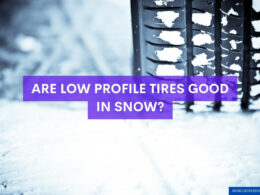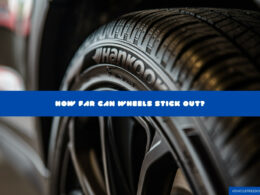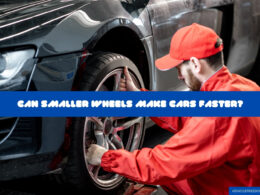In This Article Show
Have you ever wondered why do most modern tires not use inner tubes? Kind of a tricky problem to think of, right?
Don’t worry; I got you! I will unleash all the entanglements in your head by explaining every aspect of this topic.
Modern tires tend not to use inner tubes as tubeless tires have prominent advantages over tubeless tires, such as low deflation rate of punctured tires, cost-effectiveness, automatic puncture repair, ability to drive even in low pressure, help to balance the vehicle weight, less flat rate.
So, let’s go ahead and discuss this concern in detail and understand whether you should or shouldn’t use tires with inner tubes.
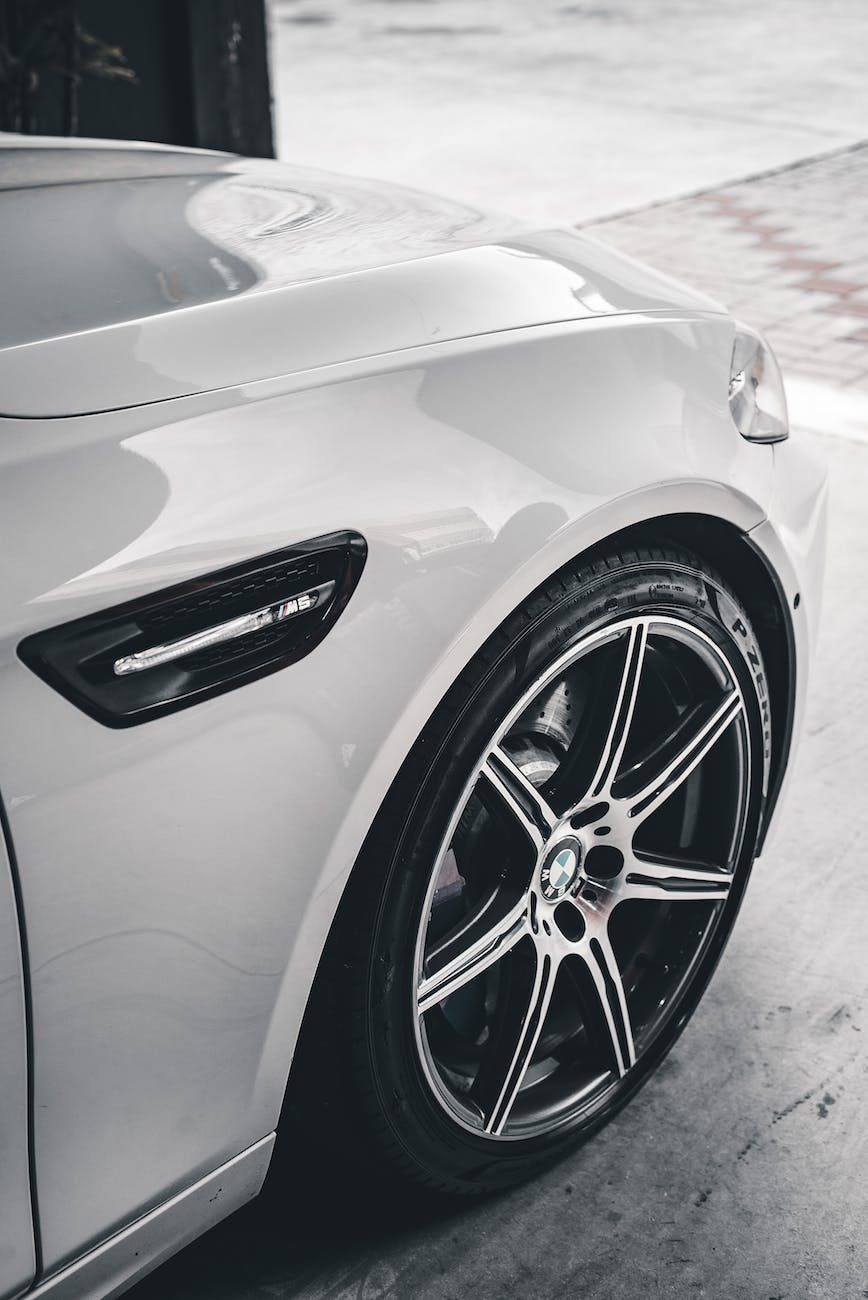
Why do some vehicles not use inner tubes?
People use tubed tires on cars only when they cannot use a tubeless tire due to a rim problem or other related problems.
But back in the day, early nineteenth and mid-nineteenth, almost every vehicle had tubed tires.
However, since the late nineteenth, tubeless tires began to expand their popularity over the globe due to their prominent advantages in many aspects.
Tubeless tires are an indispensable topic when we chit-chat about vehicles, primarily cars, because the technological improvements in tubeless tires did a great job!
These improvements are still being made for a better future for the automotive industry and the safety and well-being of the people.
So, why do some vehicles not use inner tubes? You guessed it! It’s all about UPPER HANDS!
So, let me introduce you to some of the prominent features of tubeless tires over tubed tires, resulting in some vehicles stopping using tubed tires completely.
1. Deflation rate is much lower in tubeless tires.
Everyone knows that when Tubed a tire is punctured, it blows out immediately, resulting in wrecks.
So the driver has ample time to control the vehicle in case of a puncture.
But, the deflation rate is much more uniform and slow in tubeless tires, allowing the driver to slow down and pull over the vehicle if needed or sufficient time to reach the closest tire repair center.
So, it reduces the chance of accidents dramatically.
That’s a huge advantage!
2. Tubeless tires are cost-effective
Tubeless tires are cost-effective in many ways. Here are two of them.
- Since Tubeless tires have no tubes, they are much lighter, increasing the vehicle’s mileage.
- Tubeless tires saves you tube costs and tube maintenance costs.
3. Automatic puncture repairing technology
Another reason modern tires do not use inner tubes is that liquid sealants can fill modern tubeless tires.
So, using a liquid sealant for automatic puncture repairs is a mind-blowing invention.
When a tubeless tire is punctured, the sealant seeps through it and dries quickly, fixing the puncture.
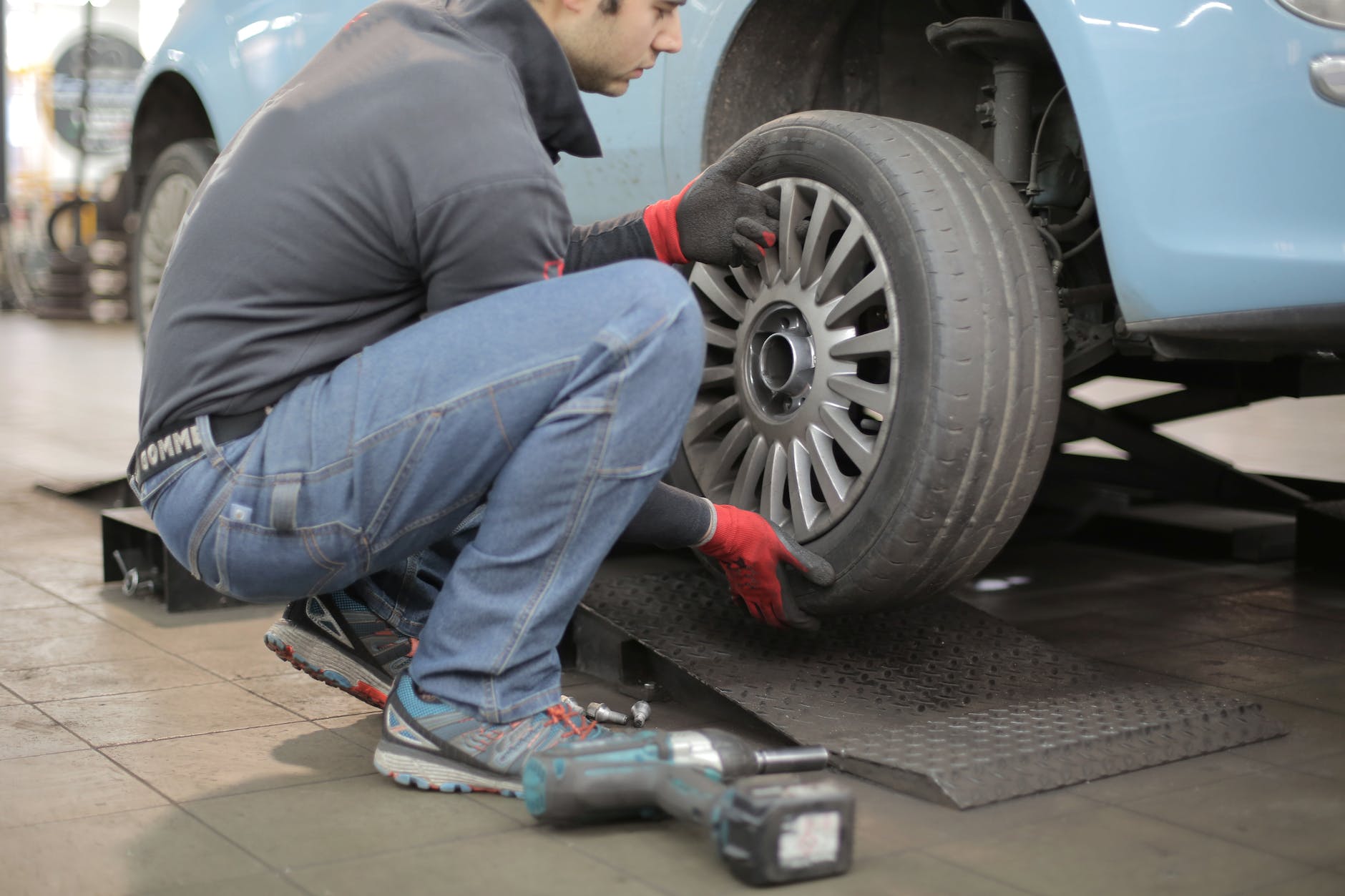
4. Tubes cannot withstand overheating
The friction of the tube and tire should be minimized to reduce the likelihood of tire/tube explosion due to produced high temperature.
However, it’s almost impossible to maintain no friction between the tire and the tube, mainly when the vehicle drives at high speeds through highways.
Therefore, the tubes cause the tires to overheat when driving at high speeds, resulting in using tubeless tires in most vehicles, primarily cars.
5. No more flats!
We can say GOODBYE to flats with tubeless tires. As I mentioned earlier, cars used to have tubed tires, so the flat frequency was much higher.
Therefore, tubeless tires are much more durable compared to tubed tires.
6. Tubeless tires can even run in low pressure
Although it’s always recommended to check your tires regularly for air pressure, there are certain unexpected instances where we have to drive with low-pressure tubeless tires.
But when it comes to our old school method, “tubed tires,” you cannot drive even 100m with low-pressure tubed tires without damaging the tire and the rim.
Also, driving a car with low-pressure tubed tires can cause plenty of punctures. However, driving 40-50 km with low-pressure tubeless tires is not a big deal.
That’s great, isn’t it?
7. Tubeless tires help to balance weight
It’s absolutely laborious to maneuver a car at high speeds with tubed tires as tubes are unable to distribute the pressure throughout the tire, causing a lot of imbalances while driving.
But, this isn’t the case with tubeless tires as the air is filled in the tire itself, providing much more stability to the vehicle at high speeds.
So, it proves over and over again that tubeless tires are much safer compared to tubed tires. As a result, people are inclined to move away from the tube from modern tires.
Can you install inner tubes in tubeless tires?
As everyone knows, tubeless tires should be adequately sealed to avoid air leakages.
However, sealing tires with rim leakage or punctured sidewall are highly laborious.
Does that mean you should install a tube in a tire with rim leakage or a punctured sidewall?
Well, this depends on the type of vehicle you have. That won’t be an issue if you’re talking about motorcycle or bicycle tires. However, it requires plenty of modifications.
But, regarding lightweight vehicles that usually have tubeless tires, it is strongly advised NOT To install inner tubes in such tubeless tires.
Typically, most tubeless tire rims have a drop center, a useful feature to hold a large volume of air in tubeless tire rims.
This drop center is the main barrier to the tube to maintain good contact with the tire, causing considerable damage to the rim or sudden air escape. This means that the air pressure in the tube body drops rapidly.
One of the significant differences you will realize when comparing tubeless tires and tube tires is the thickness of the sidewalls. So, tubeless tires have more prominent thick sidewalls than tubeless tires.
So, how can tubeless tires be durable with slightly less thick sidewalls? The inner tube supports the sidewall, maintaining a good connection between the inner tube and the tire with minimal friction.
However, what will happen if you install an inner tube in a tubeless tire? This thicker sidewall caused to increase in the friction between these two, resulting in increasing heat, causing sudden blowouts while driving.
This is not safe at all. Therefore, PLEASE DON’T INSTALL INNER TUBES IN TUBELESS TIRES on lightweight vehicles like cars, SUVs.
Should you worry if your vehicle doesn’t have tubeless tires?
Considering all the facts we’ve discussed so far, for the most part, there is nothing to worry about if your vehicle doesn’t have tubeless tires as both have their own unique advantages and disadvantages.
Because it’s a known fact that people use tubed tires in heavy vehicles, off-road vehicles due to unique advantages.
But, it’s not the case when it comes to lightweight vehicles. So, I strongly advise you to continue with what you have.
Of course, tubeless tires have significant disadvantages. Here are some of them.
- Since tubeless tires have no tubes, the tire should be fixed airtight against the rim/alloy. Thus, it’s a time-consuming process.
- Further, professional help is usually mandatory to avoid damaging the rim/alloy.
- Sometimes you will end up with a sidewall punctured, which is horrible to even think of because it’s much harder to get fixed. In some cases, you’ll have to replace the entire tire! But the good thing is this happens very rarely thanks to very hard-wearing.
- In terms of the cost of tires, tube tires win. However, I mentioned earlier that tubeless tires are economical due to their lightweight. So, you will save a couple of bucks daily with tubeless tires. But the initial cost is much higher. I’ll leave it up to you to decide if this is an advantage or a disadvantage.
Things to be aware of
There are handful of essential facts you need to bear in mind when discussing why modern vehicles do not use inner tubes.
- Proper inflation: If you use tubeless tires, remember that proper inflation is necessary to ensure the vehicle’s safety. It doesn’t matter whether low-pressure tubeless tires can run another 40-50 kilometers, fill them up! It’s proven to have low mileage in vehicles with improperly inflated tires.
- Don’t test: As I mentioned earlier, don’t attempt to install tubes in tubeless tires. It can be dangerous.
- Professional help: Don’t hesitate to seek professional help if you are unsure what to do with your vehicle.
Conclusion
Most vehicle lovers want to know why modern tires do not use inner tubes.
This article has discussed seven reasons for this and other relevant essential facts.







